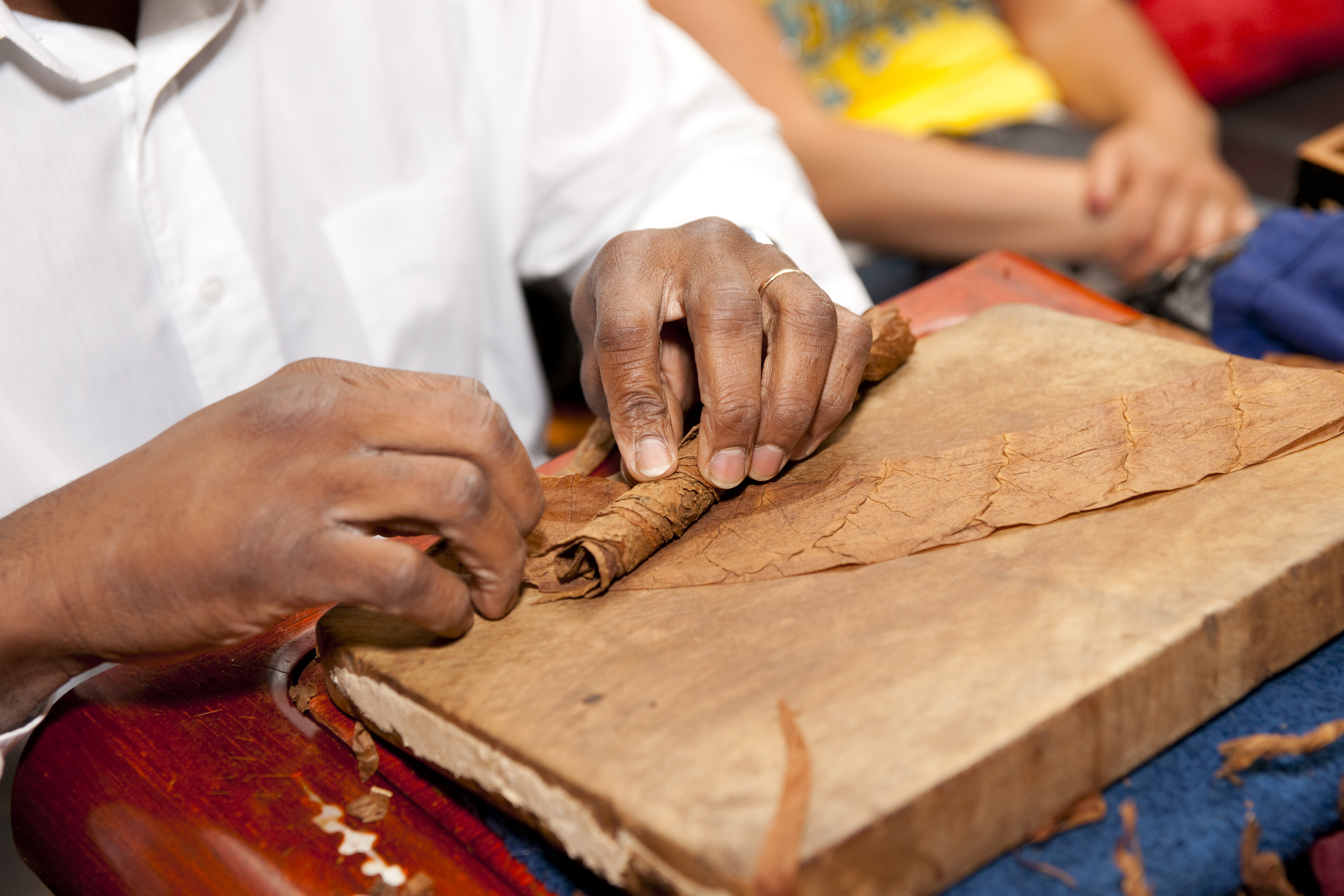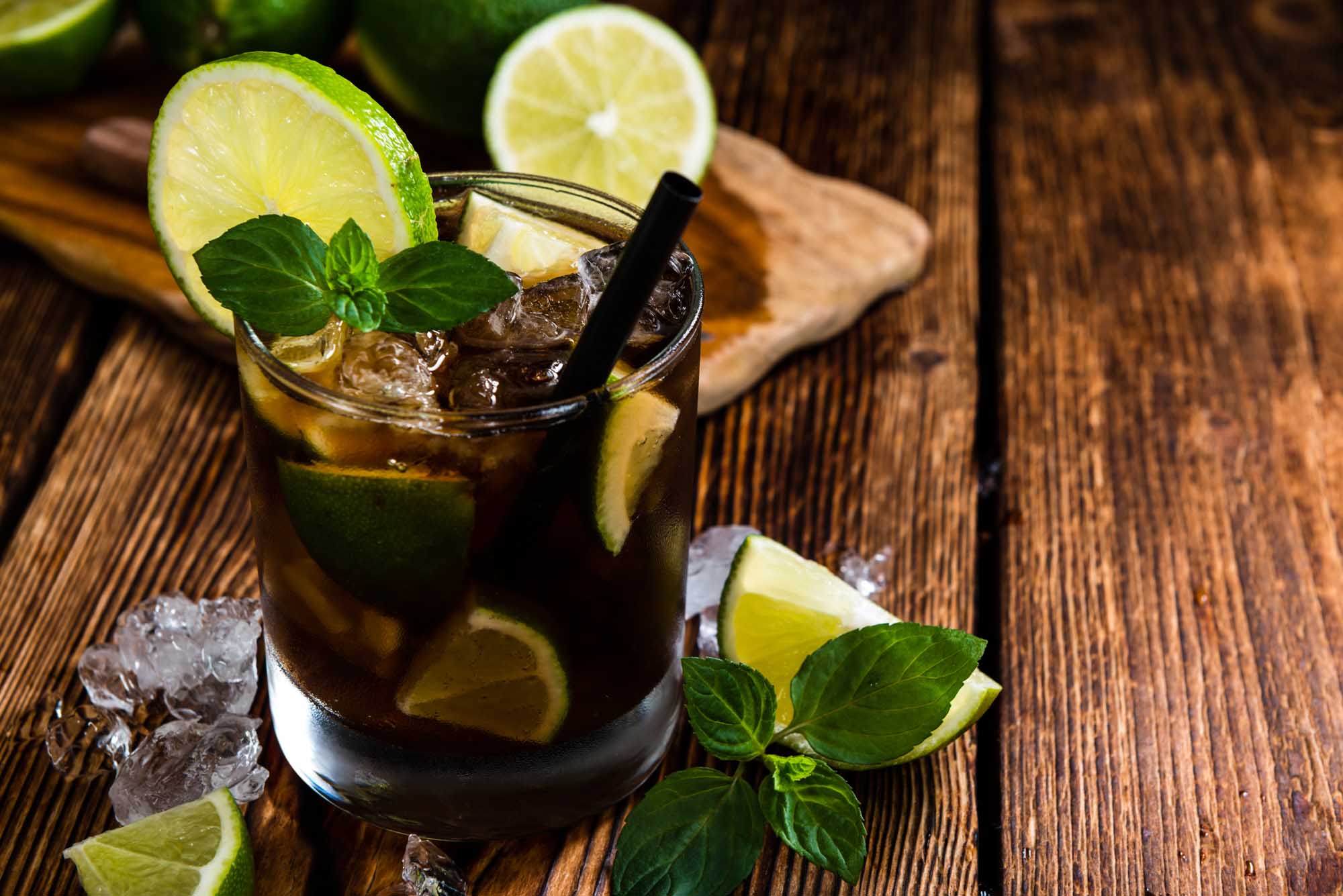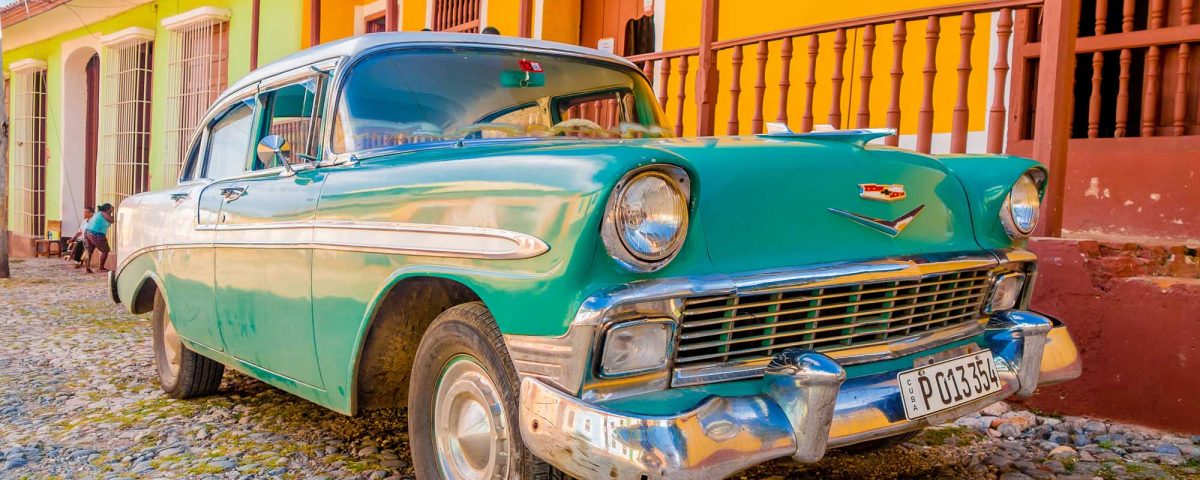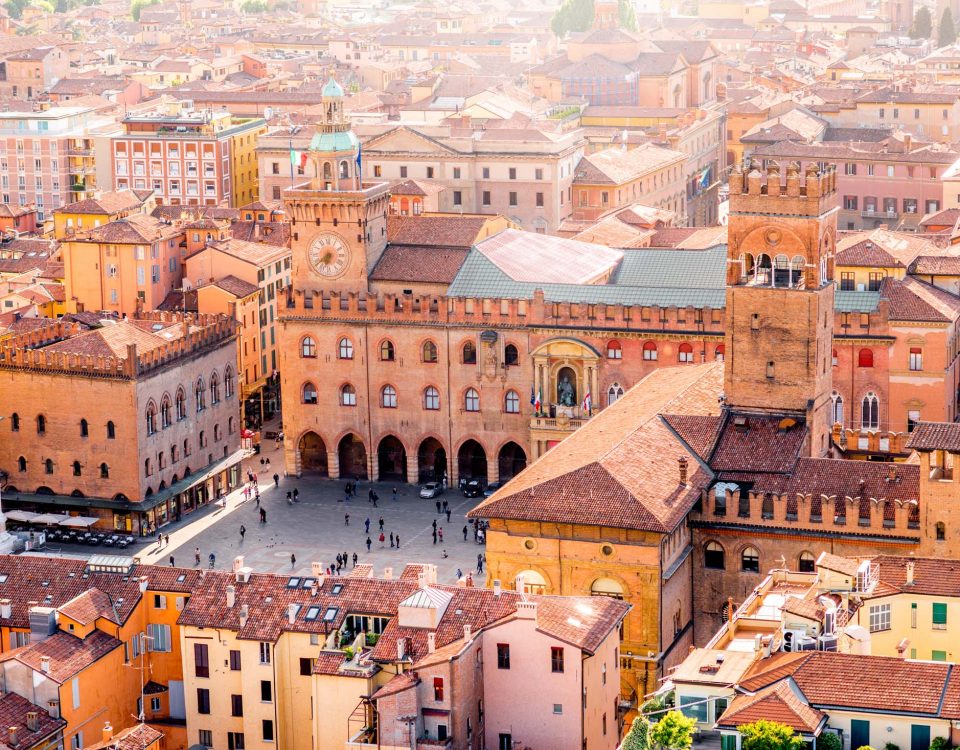
The World’s Top Cities for Street Art
December 13, 2019
10 Hotels Designed by Famous Architects
December 31, 2019Highlighting Havana – Cuban Cigars, Rum, and Music
The popularity of Havana and the beauty of Cuba have only increased since the fall of the Soviet Union and the end of the Cold War. While the island has acted as a marvelous Caribbean getaway for citizens of Russia, Canada, and the United Kingdom for decades, citizens of the United States have recently uncovered the marvels of Old Havana, as well as the welcoming and outgoing nature of Habaneros, residents of the city. The many churches, fabulously restored architecture, and welcoming squares across the city’s prominent neighborhoods would be incomplete without experiencing the renowned cigars, rum, and music.
The (In)Famous Cuban Cigar

Cuban black tobacco remains one of the world’s foremost tobaccos due to its distinct texture, taste, and fragrance resulting from Cuba’s specific soil and climate. As many parts of the globe industrialize different sections of production and manufacturing, the cigar roller in Cuba remains a respected profession. Some in the position are continuing a tradition passed down through the generations.
Cigars are one of the symbols of Cuba, cultivated and made exclusively on the island bringing pride to the nation and to those who work tirelessly as artisans of their craft rolling an average of 120 cigars a day. The best cigar producers in Havana pay attention to the quality of the cigar’s different parts, from the exposure of the leaves acting as a wrapper, filler, and binder, to the functions of the different components, as well as working to ensure a proper point of combustion.
In cigar factories, unlit leaves fill the massive galleries with pungent, earthy aromas. As the birthplace of premium cigars, factories of all shapes and sizes populate the city, many of which hide within the facades of the antique structures unnoticed by tourists. The larger factories that offer tours include:
1. Romeo y Julieta/H. Upmann Factory
The original factory closed in the early 2000s but reopened with a stylish new look while crafting popular Romeo y Julietas, as well as Montecristos. The efficient and clean factory hosts the city’s largest gallery complete with huge windows providing natural light for the more than 200 torcedores, cigar-rollers.
2. Partagás Factory
The classic factory has produced the Partagás brand for 175 years, including La Gloria Cubana, Ramón Allones, and Bolivar. The grand, rolling gallery contains large windows with an open stage at the center where the torcedores roll the leaves into the celebrated traditional Cuban cigars, each decorated with the bright red logo of the brand.
3. La Corona Factory
The factory has a unique ambiance, which paints a different picture of Cuba’s history connected with the former Soviet Union. Beyond the architecture, the factory continues to produce popular brands of cigars including San Cristóbal de la Habana and Flor de Cano. Cubicles fill a tasting room where tasters sample the different cigars to ensure quality, as well as describe the different flavors of the leaves.
Rum as a Forbidden Fruit

Like cigars, rum has become another symbol of the island, adding to the national identity and fueling the economy. Cuban rum is readily available across the world, however, in the United States, the desirable drink has been restricted since the Cuban Embargo of the 1960s. Similar to wine, the soil, climate, and characteristics of the surrounding crops affect the flavors of the sugarcane.
Cuba has pioneered the production of rum in Spanish-speaking countries, from the light and crisp tastes of the white rum to the glamorous styles of the richer, sweeter flavors of the dark rum. Rum makers press the sugarcane to produce the juice known as guarapo, the base of rum production.
Maestros roneros, or rum masters, can blend specially filtered rums with similar characteristics, such as the white rum’s smoothness perfect for mixing cocktails and dark rum’s great sipping attributes. When looking at the majority of spirits, two general principles remain; the lighter the color, the less time the spirit was aged and the better the spirit mixes in a cocktail. A great selection of Cuban rum, which showcases the drink’s diversity include:
1. Havana Club Añejo 3 Años
The white Añejo 3 Años has notes of caramelized pear and vanilla which blend perfectly with mint when making mojitos. The robust double-aged and more oaky flavor of Golden Añejo Especial can stand up to stout cocktails like a Cuba Libre, consisting of ice, rum, coke, and a lime wedge.
2. Havana Club Máximo Extra Añejo
One of Cuba’s premier rums contains hints of dark chocolate and dried fruits perfect for sipping slowly on a warm Havana night while listening to the waves crash against the Malecón. Only 1,000 bottles of the limited-edition rum are produced annually, blending the finest and oldest rum reserves within the Havana Club cellars.
3. Ron Santero Añejo 11 Años
The dark rum aged between 10 and 14 years was explicitly crafted to pair with cigars. The flavor has smoky notes reminiscent of single-malt scotch or cognac, along with hints of toasted spices, vanilla, and dark chocolate. The sweeter tastes contrast the pungent earthy flavors of the tobacco. The assertive rum has an exceptional taste perfect for sipping in the company of a rumba band filling a restaurant with an energetic and classic Cuban ambiance.
The Soul of Cuba

Cubans take pride in the symbols of their country, such as cigars and rum, but the spirit of the island emanates from the music. Cuba has been influential in developing different musical styles throughout the 19th and 20th centuries. The roots of the classical sounds derive from a combination principally from Spain and West Africa with hints stemming from countries like France, the United States, and Jamaica.
Cuban music helped develop different genres like jazz, salsa, tango, West African Afrobeat, and Spanish nuevo flamenco. The musical traditions of the country highlight the skill of Cuban musicians who created art through unique instruments, deep beliefs, and unlimited enthusiasm. While rumba around the world signifies glitzy ballroom dancing, the music in Cuba represents improvised percussion, horns, and vocals creating three distinct rhythms and a variety of movements. By the early 1990s, timba became the most popular musical style in Cuba, rivaled only by the introduction of reggatón in dance clubs across the country. The sounds and lyrics represent the history of Cuban music tied to life and culture of the island. A few popular venues that host vibrant live music in Havana include:
1. El Patio Bar Restaurant
The marvelous view of Cathedral Square enhances the allure of the outdoor seating area surrounded by the colonial architecture. The best tables stand on the porch and the cobblestone streets within view of the gorgeous cathedral heightened by the band performing traditional Cuban songs in the background. This venue is known for its intimate ambiance and music styles, which range from jazz to salsa.
2. Bar Monserrate
The ingenuity in upcycling in Havana emerges in the form of Bar Monserrate, a former hotel lobby. The restaurant and bar opened in 1994 and has since acted as a central location for the classic Cuban musical experience. Pictures of the quintessential Cuban artists hang on the walls as live brass bands perform. The venue provides the perfect time machine for those interested in looking at Havana in the 1950s.
3. Fabrica de Arte Cubano (FAC)
If you are keen on discovering the music currently in fashion with Habaneros, the Fabrica de Arte Cuban FAC blends contemporary art and culture in a space dedicated to celebrating Cuban tradition. The multi-floored venue encompasses a defunct oil factory serving as an art gallery, dance club, concert hall, and theater space. Hip Habaneros flock to the exciting ambiance of the factory on weekends to experience a range of performers, from jazz guitarists to expressions of visual arts, especially after the bars and restaurants of Old Havana close for the night.





